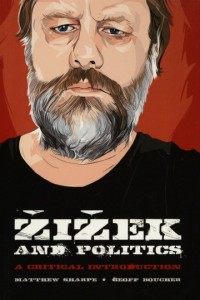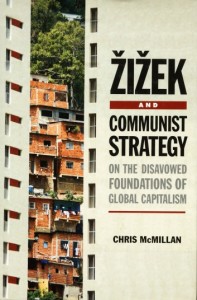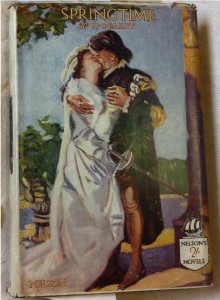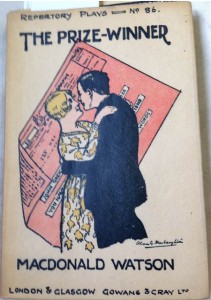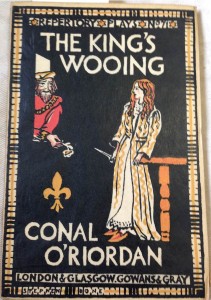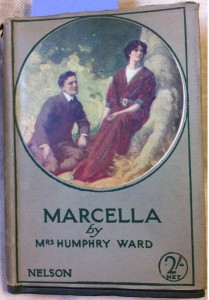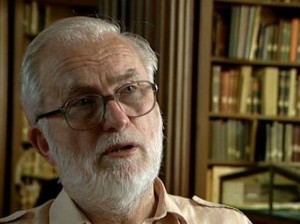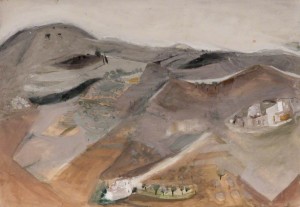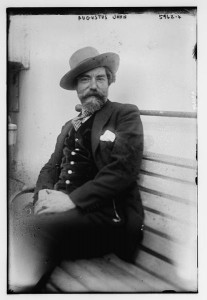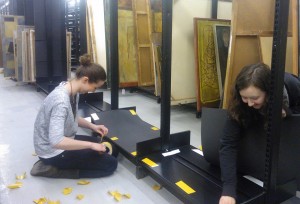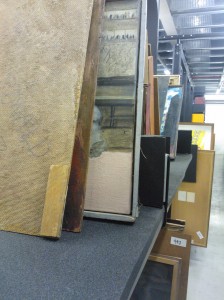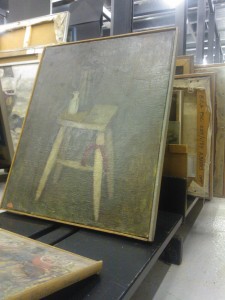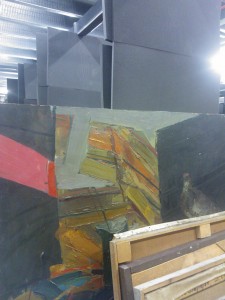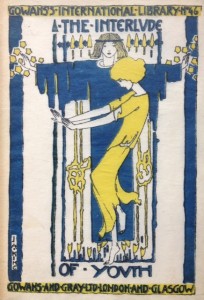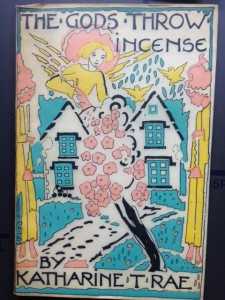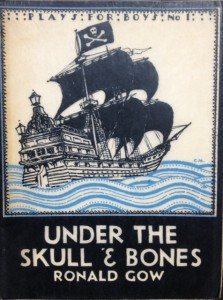Here at the UCF, things are feeling firmly festive – the tiny office tree has been bedecked, mince pies are heaped in the break room, and staff are sporting some of their best knitwear – it’s definitely almost Christmas! Beyond all the feasting and gift-giving, one of my favourite moments of the season is having the time to slow down and relax, to cosy up in front of a warm fire and read a good book by the glow of fairy lights. And this is exactly the Christmas custom in Iceland. Every year in the few months approaching December, publishers release all their new titles in the prevailing tradition of Jólabókaflóðið, or the “Christmas book flood”. This practice dates back to World War II, where currency restrictions limited the amount of imported giftware. This did not extend to paper however, and therefore the humble book became the default gift. Christmas Eve is the main gift-giving day in Iceland, and after receiving their crisp new books many Icelanders spend the night cosied up and reading away, as in my idyllic winter image.
In the same spirit, I hope to introduce you to a deluge of Christmas books held here at the UCF. Amongst the more literary offerings, there are some unexpected instructive volumes; The history of the Christmas card (.74168 Bud.) for example, a guide to eradicating Christmas tree pests (Reference seq.) and the slightly less seasonal, An investigation of the coconut-growing potential of Christmas Island (F 634.616 Dir.). I’m not sure those titles are exactly what I’m hoping to find under my tree this year!
Offering us a more festive read is Robert Louis Stevenson’s A Christmas Sermon (LRA.S.3773). First appearing in the pages of Scribner’s Magazine in 1888, these musings were subsequently published in their own slim little volume by Chatto & Windus in 1906. Here, Stevenson considers how Christmas is a period of both reflection and celebration:
“There is no cutting of the Gordian knots of life; each must be smilingly unravelled. To be honest, to be kind – to earn a little and to spend a little less, to make, upon the whole, a family happier for his presence, to renounce when that shall be necessary and not be embittered, to keep a few friends, but these without capitulation – above all, on the same grim condition, to keep friends with himself – here is a task for all that a man has fortitude and delicacy. He has an ambitious soul who would ask more; he has a hopeful spirit who should look in such an enterprise to be successful…But Christmas is not only the mile-mark of another year, moving us to thoughts of self-examination: it is a season, from all its associations, whether domestic or religious, suggesting thoughts of joy (p. 14-16)”
A handwritten inscription in the opening pages, “With much love from…” shows us that this book too was originally given as a gift, which is a cheering thought.
Furthermore, I cannot think of Christmas and not think of Dickens. This may be because The Muppet Christmas Carol is the most beloved film in my household at this time of year, but I am firmly of the opinion that in this tale, Dickens created the best and most enduring Christmas story of all time. We hold several editions of this classic at the UCF, including within a collection of Dickens’ Christmas books published in 1892 by Chapman & Hall (LRA.S.6660/1). In the preface, Dickens writes of the volume: “My chief purpose was, in a whimsical kind of masque which the good-humour of the season justified, to awaken some loving and forbearing thoughts, never out of season in a Christian land.” Bound in an appropriate holly-green with gold lettering on the spine, this beautiful volume is further illustrated inside with 28 engravings by F. Barnard. Above you may see the decorative title page, whilst below is Ebenezer Scrooge encountering the ghost of Jacob Marley, and a transformed Scrooge carrying Tiny Tim through the streets on Christmas day.
My family will most definitely be receiving some rectangular-shaped packages this Christmas, although perhaps not a first edition Dickens. During my most recent bookshop trip I even accidentally picked up a little gift for myself – Stuart Kells’ The Library: a catalogue of wonders (Counterpoint, 2018). The blurb calls it, “A love letter to libraries and to their makers and protectors”, and I can’t think of anything better to curl up with on Christmas Eve. A Merry Christmas to us all, and happy reading!
Daisy Stafford, UCF Library Assistant




